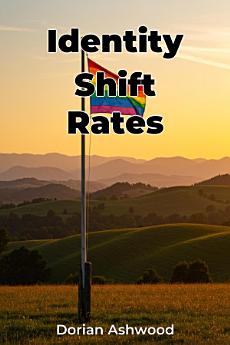Identity Shift Rates
About this ebook
The book uses U.S. Census data, large-scale surveys, and regional studies, employing statistical methods and qualitative insights to uncover trends and disparities. A unique aspect is its comparative approach, examining LGBTQ+ identification rates across different regions and demographic groups. This spatial analysis identifies social and cultural contexts that either promote or inhibit self-identification. For example, increased acceptance in certain regions correlates with higher rates of LGBTQ+ identification, illustrating how social attitudes impact identity expression.
Structured in three parts, Identity Shift Rates begins with core concepts of identity formation, then examines empirical evidence, and concludes by synthesizing findings into a comprehensive model. It bridges sociology, psychology, and demography, offering a complete picture of the factors influencing LGBTQ+ identity. The book's findings have practical implications for social policy, community resources, and future research directions.








